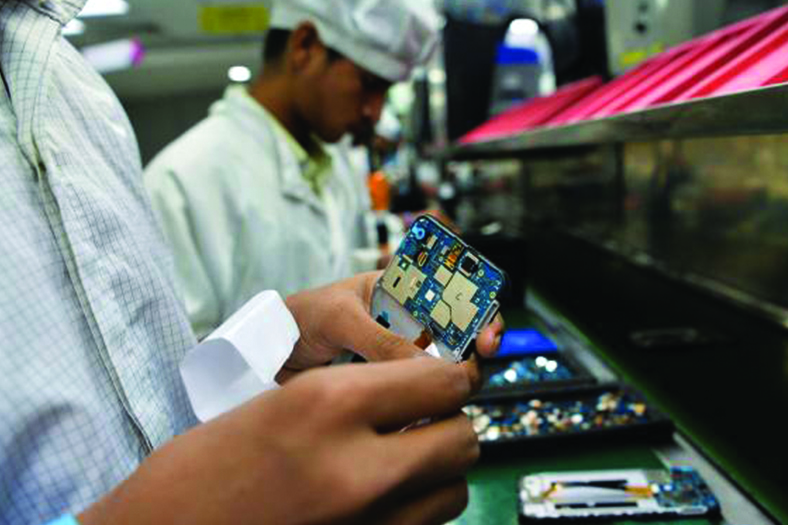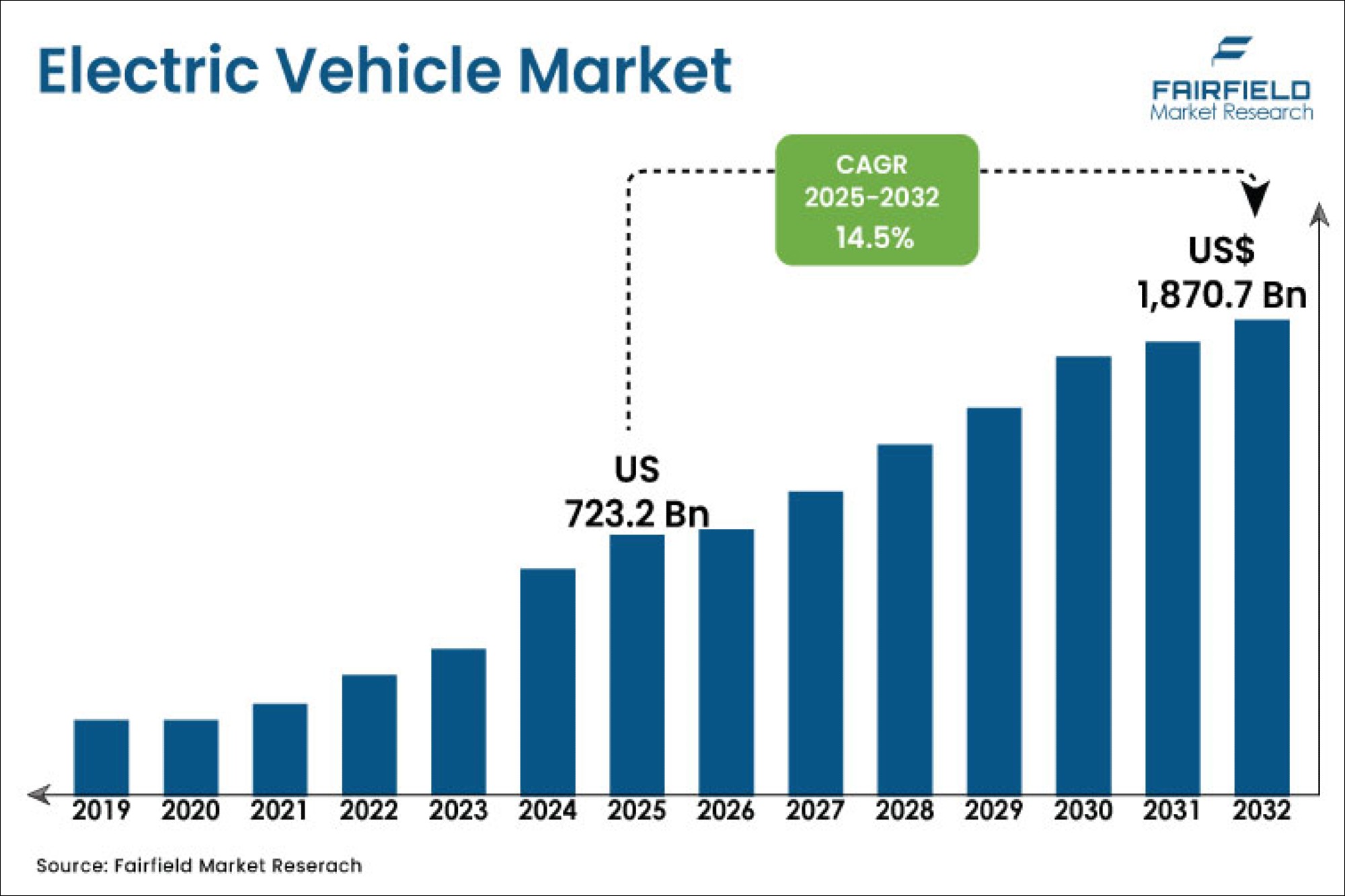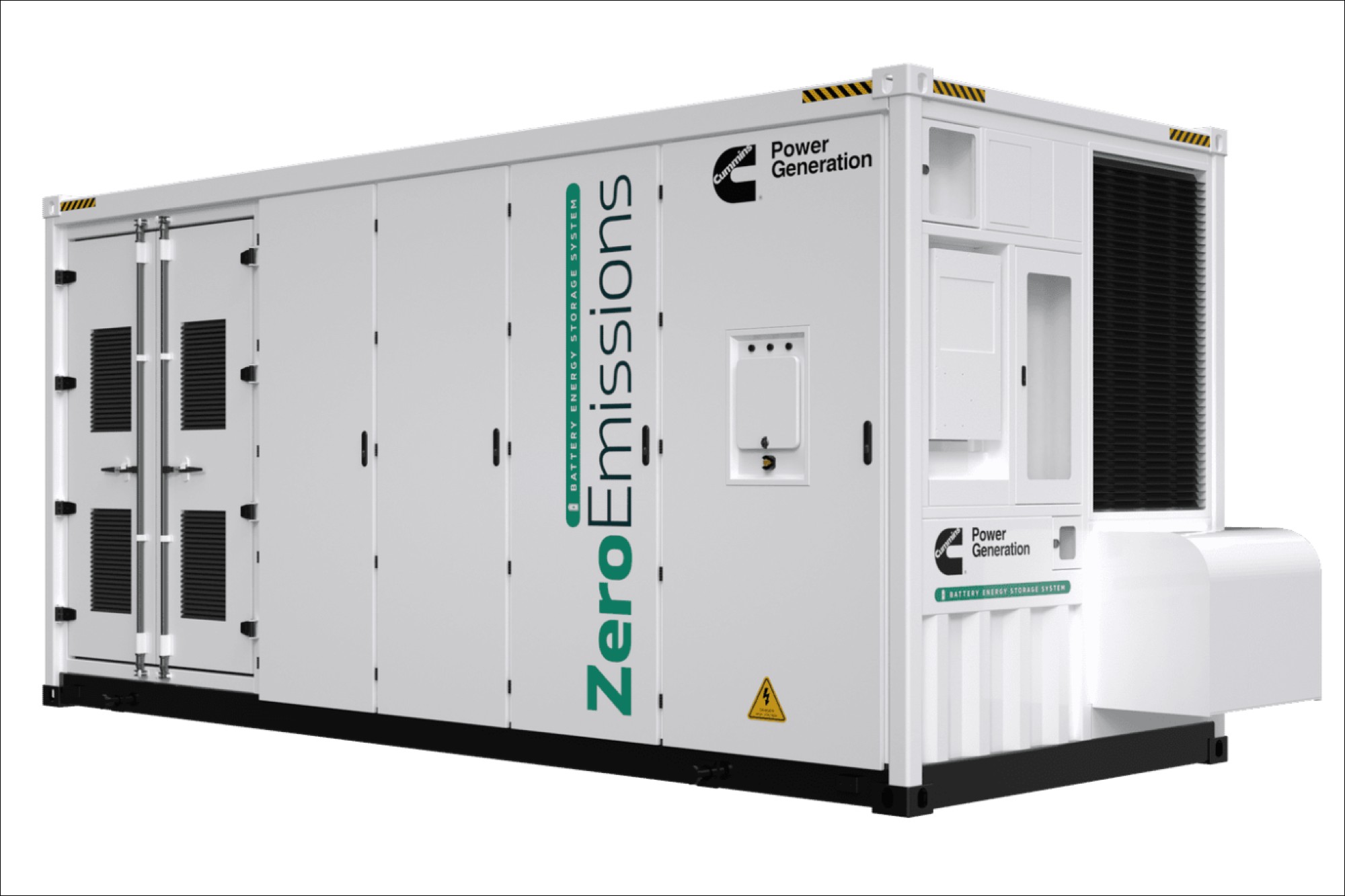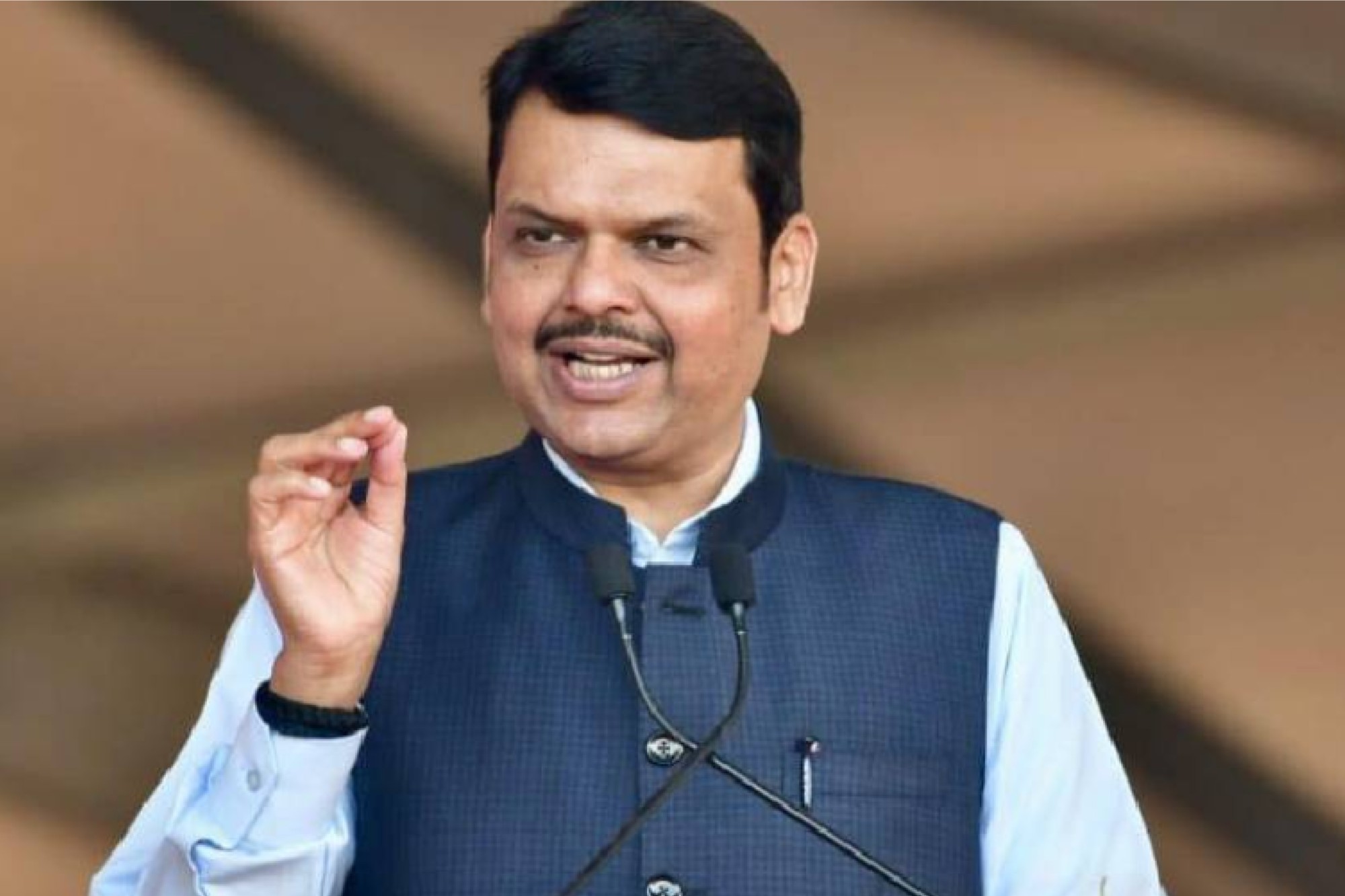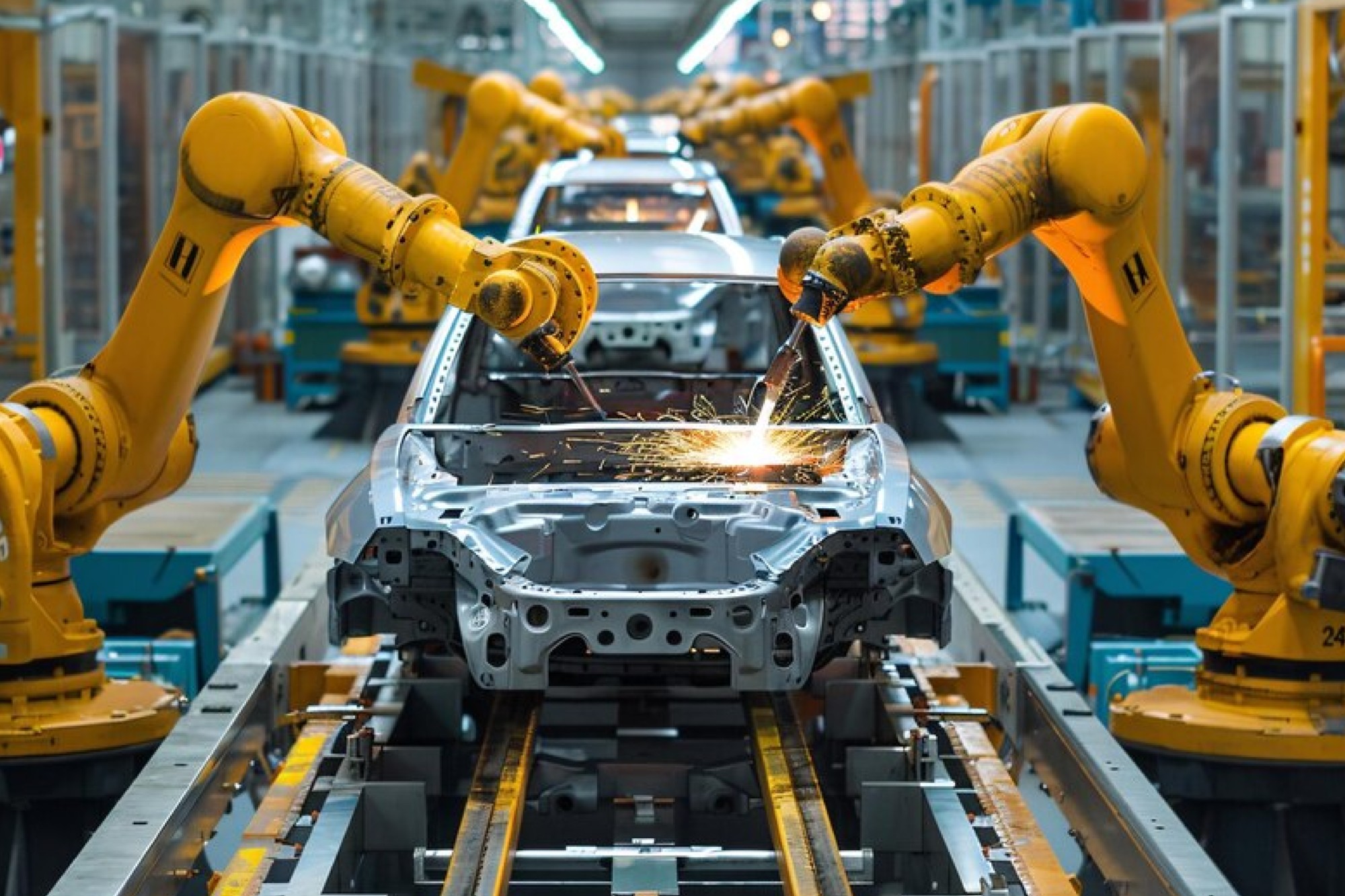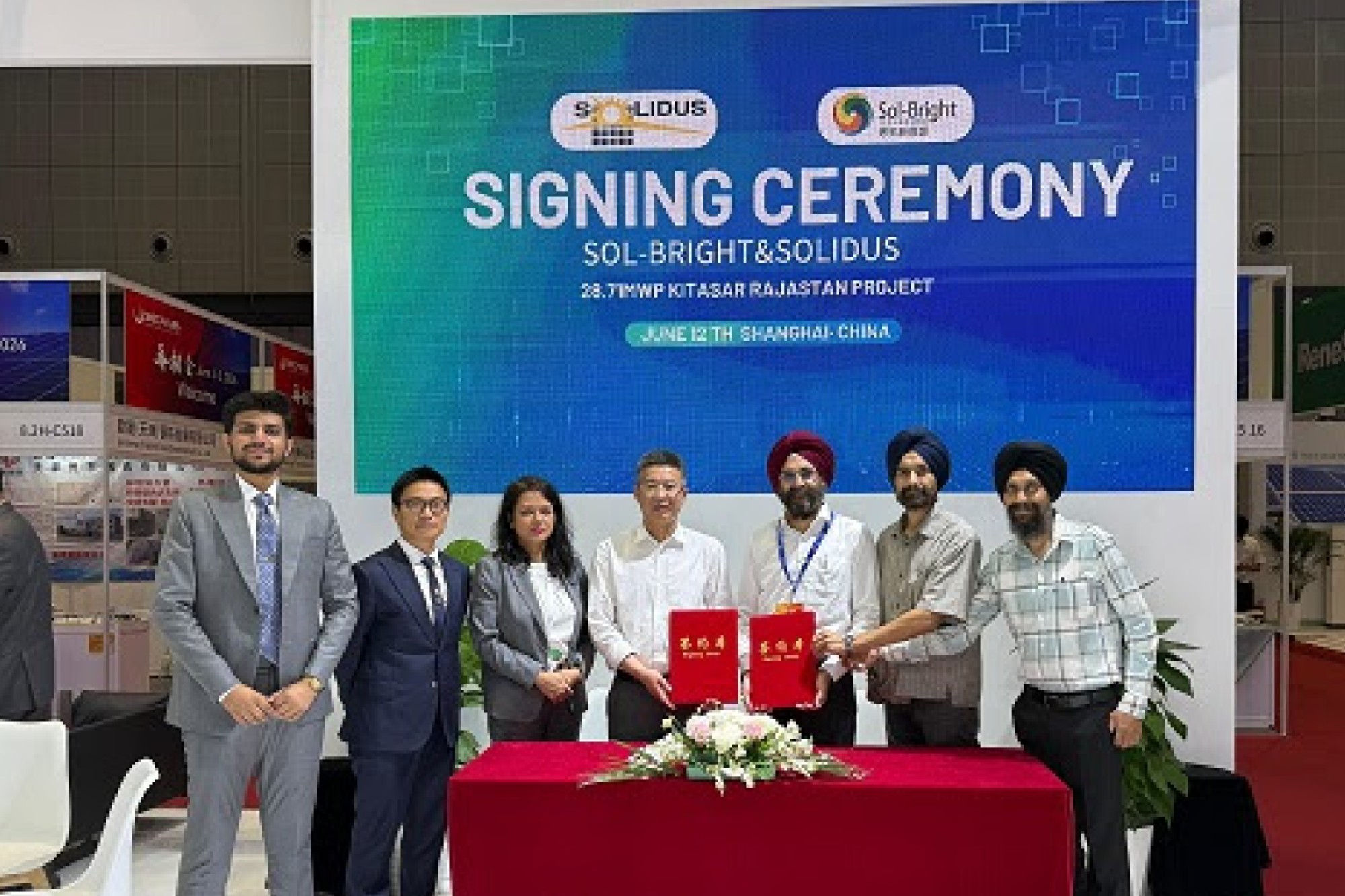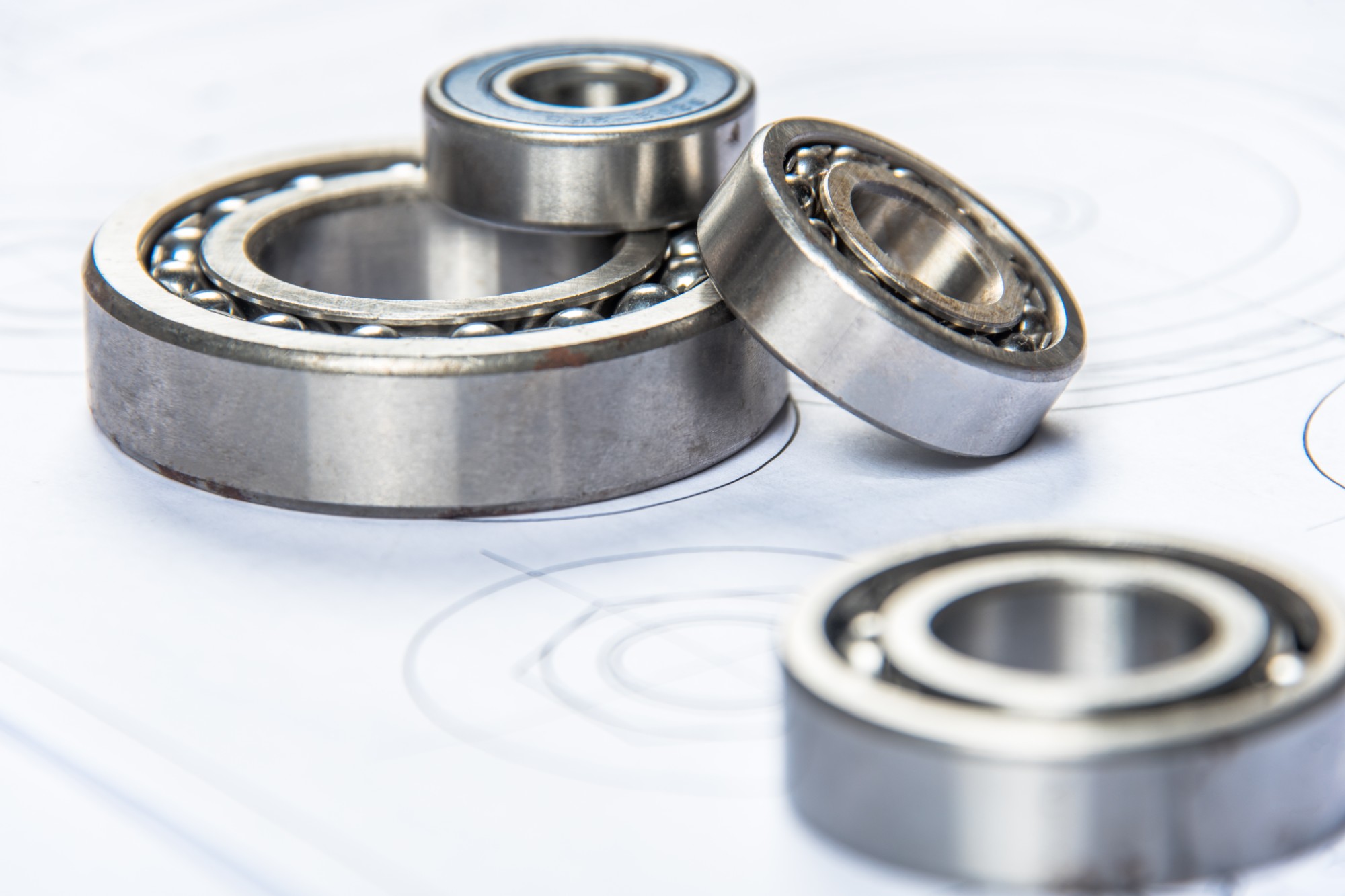Manufacturing market creates diversity in supply chain in India
By OEM Update Editorial December 5, 2020 1:58 pm IST
The deserted Nokia factory in India’s southern state of Tamil Nadu was once a symbol of the country’s struggle to boost electronics manufacturing. In 2014, Nokia shut production in Sriperumbudur — its largest plant in the world with more 8,000 employees — after a tax dispute with New Delhi and packed up to Vietnam. Six years later, the abandoned factory is being taken over by Salcomp, the world’s largest phone charger manufacturer. Salcomp is expanding its operations in India rapidly, along with other Apple manufacturers such as Wistron, Foxconn and Pegatron. All are seeking to tap the Indian market and diversify supply chains from China — and reap the benefits of manufacturing incentives offered by New Delhi. “It was difficult times when Nokia left, everyone moved out,” said Sasikumar Gendham, Salcomp India head, on a tour of the plant where workers, wearing face masks and sitting in booths with plastic barriers to protect themselves from coronavirus, were assembling chargers for Apple, Xiaomi, Oppo and Samsung. “But now they [the manufacturers] have come back. There is a lot that India has to offer.”
Cookie Consent
We use cookies to personalize your experience. By continuing to visit this website you agree to our Terms & Conditions, Privacy Policy and Cookie Policy.



